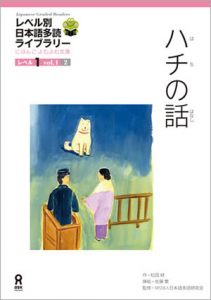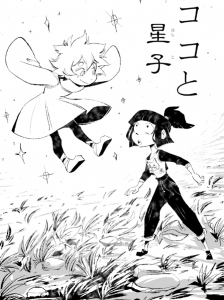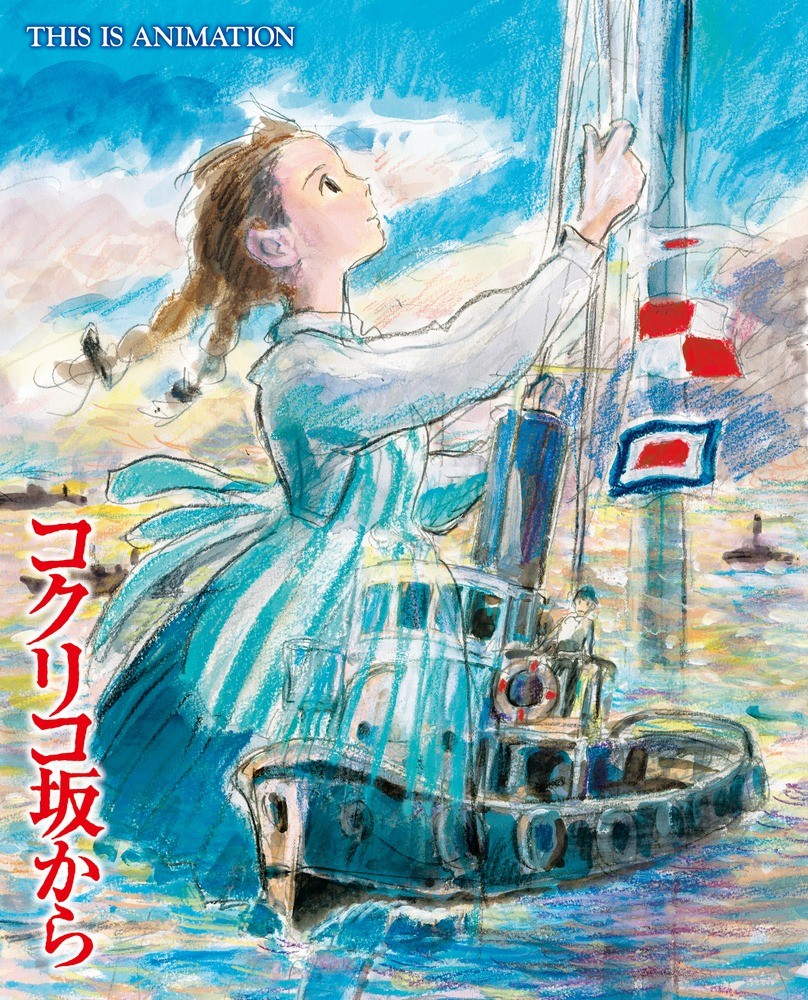この本はとても面白いです!私は犬が大好きです。日本の文化と歴史があります。いい本です。
The story is very interesting and tells about a historical event and why a famous statue was built in front of 渋谷駅. I learned a lot from the book (both new words and Japanese culture).

Japanese Tadoku Books by Students
Smith College Tadoku Project
この本はとても面白いです!私は犬が大好きです。日本の文化と歴史があります。いい本です。
The story is very interesting and tells about a historical event and why a famous statue was built in front of 渋谷駅. I learned a lot from the book (both new words and Japanese culture).


I would definitely recommend this book to other people wanting to find on-level readings! The drawings in this book were really beautiful, and I loved the small details that the author included like the captions on the Polaroid pictures and how Hoshiko’s name was written in the stars! I hope to see more books like this!
この本は面白くて、難しくないと思います。ジョさんは毎日バスに乗ります。たくさん人に会います。おばあさんはとても面白いです。私のおばあさんもいろいろなところを切るのが大嫌いだと言いました。
This book talks about two stories of John. The first one is very funny and real. The elder people generally don’t like clothes with holes. The second one is also funny. John was late for school because he went to karaoke and drink alcohol last night, which is what hangover really looks like. The book is not difficult for JPN110 students. Though there are some new words, you can understand them in context. I strongly recommend it because the content is really good.
私は八ちの話が大好きです。子供の時、中国語のクラスで八ちの話のええがを見ました。私は泣きました。犬が大好き、八ちの話読みましたから。
This book is easy to understand. there aren’t many difficult kanji. the sentences are structured in a simple way. I highly recommend it to JPN 110 students. The movie of 八ち is very famous, and lots of students probably have already watched the movie, and that helps in understanding the story too.
スタジオギブリが好きな人にとって、とてもいい本です。映画(えいが)「となりのトトロ」のフィルムコミックです。ちょっと難(むずか)しい本ですが、わからない言葉(ことば)はたいてい映画から知(し)ています。漢字(かんじ)がたくさんありますが、ふりがなもいつもあります。この本を読(よ)むは難しくて楽(たの)しかったです。
For fans of Studio Ghibli, this is a great book to read (even though Totoro himself doesn’t actually appear in this volume). It’s the first volume of the “My Neighbor Totoro” film comics, following the story from the beginning of the movie to Satsuki and Mei’s first night in their new house. It’s a little hard to read, but if you know the film, you’ll be able to understand more than you realize through memory and context. There’s a lot of kanji that are new for a first-year student, but furigana is always provided, and there are also a lot of kanji that we have already learned. Being able to read this book is a good goal to aim for, even if it’s on the more difficult side right now. Reading this book was difficult, but it was a fun challenge.
I recommend this book for fans of Totoro at any level, but as a first-year student it might be more of a goal to strive for than an easy read. First-year second semester or second-year students might be able to get more out of it from the start.
これは「耳をすませば」という映画を本にした絵本です。映画を見たことがある人たちの為読みやすいと思います。各ページには映画から美しい景色や絵があるので、読んだことがない人たちも簡単に読めるかもしれません。
主人公月島雫は読書が大好きな中学3年生です。話のはじめに、借りた本の中にある図書館カードにまた天沢聖司という名前が書いてあるのが気づきます。どんな人かなぁとよく思う月島さんはある日電車で猫が出会って、不思議だなと思いながら、猫を追いかけます。それで、話が始まります。
とても綺麗な話で、青春の美しさを思い出させます。
This is picture book version of the Studio Ghibli movie, “Whisper of the Heart.” It’s quite easy to read, especially if you’ve seen the movie before. It’s meant for a younger audience so not that much kanji is used, which actually makes it a bit difficult to read sometimes. The story focuses on middle schooler named Tsukishima Shizuka, who loves to read fantasy books. She notices that a boy named Amasawa Seiji has almost always checked out the books she reads before her and he wonders what kind of person he is. One day, she chases a cat she meets on the train and that is where the story begins. The story is quite nice and reminds me of the beauty of youth.

海と言う少女は幼い時に父が海に出て行ったきり行方不明になってしまった。毎日「航海の安全を祈る」旗を上げていると俊と言う少年に出会う。俊はカルチェラタンと言うクラブハウスを取り壊しから救うために海と新聞作りに励む。しかし、二人の仲が良くなると想像以外の現実に目が覚める。
This is a wonderful book for newer Japanese readers because it has amazing illustrations and a lot of furigana. I do believe, however, that the story is a bit complex. Read this book carefully because there are many twists and turns to the story! Overall, a good read.
私は最近日本語で「くまのプーさん」を読みました。子供の時私はくまのプーさんが大好きだから、この絵本も大好きでした。「くまのプーさん」を読むと、うれしかった思い出を考えました。「くまのプーさん」の本は全然漢字を作らないから、とてもやさしいです。文法もやさしいと思います。子供の時、くまのプーさんが好きたったら、「くまのプーさん」を読んでください!
Winnie the Pooh is an adorable and beloved children’s book that does not use any kanji. If you loved Pooh Bear and friends as a child, I would highly recommend this book since you can practice Japanese while reading familiar childhood stories.
子供の時、「となりのトトロ」という映画が大好きでした。だから、本を読み始まった時、とてもノスタルジックになりました。映画からの絵がとてもきれいで、キャラクターの考え方がもっとわかると思います。
I would recommend this book to people in lower levels of Japanese. It’s a familiar story, so it’s easy to follow, and there are very few kanji. It also provides a good opportunity to practice colloquial Japanese. The main characters are young children, so their dialogue is much less formal than most of what we study in class. And come on, it’s Totoro. We all love Totoro.